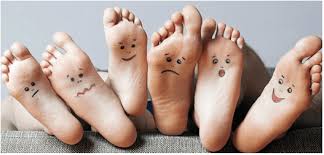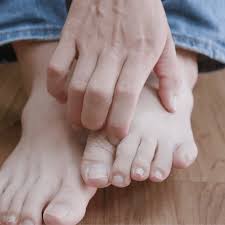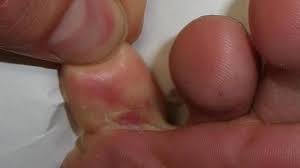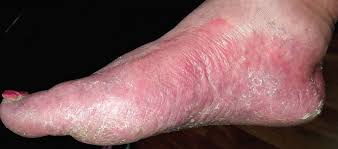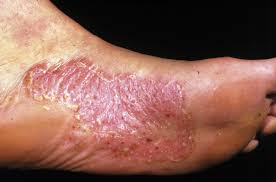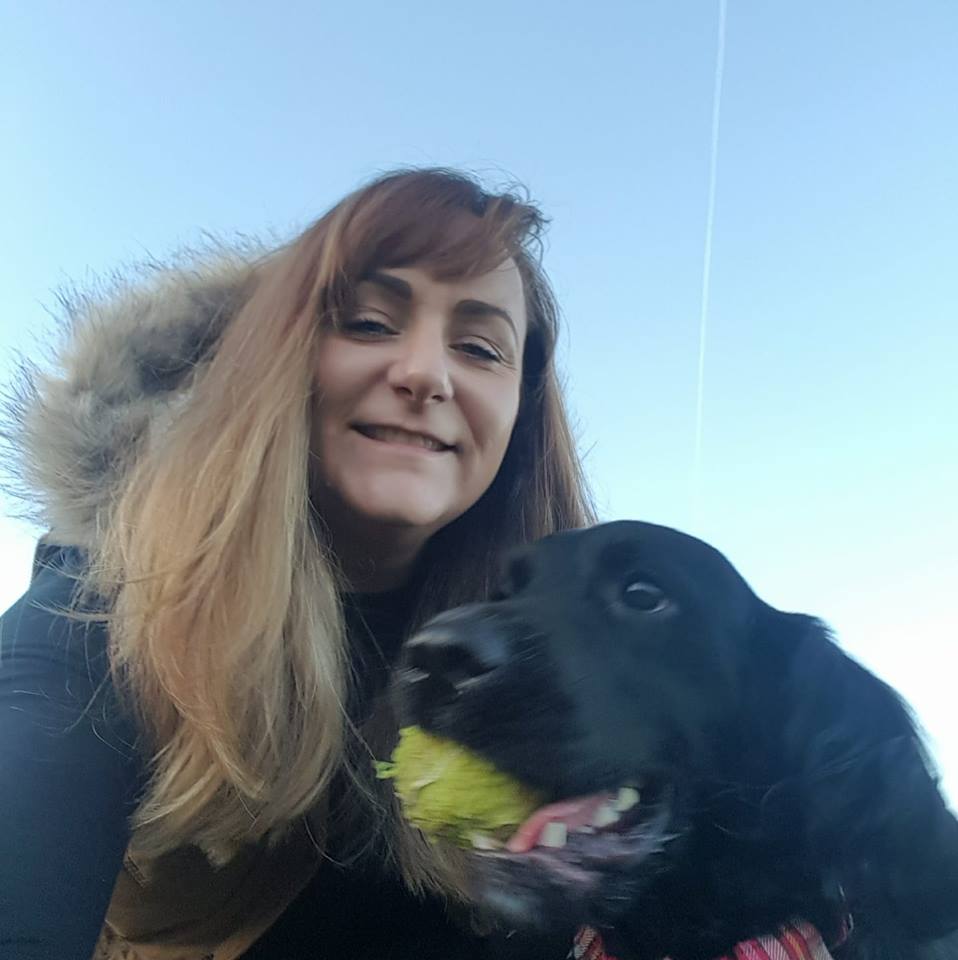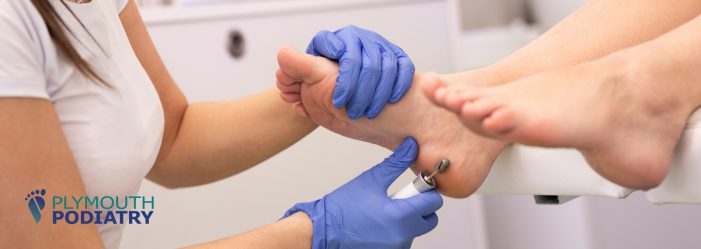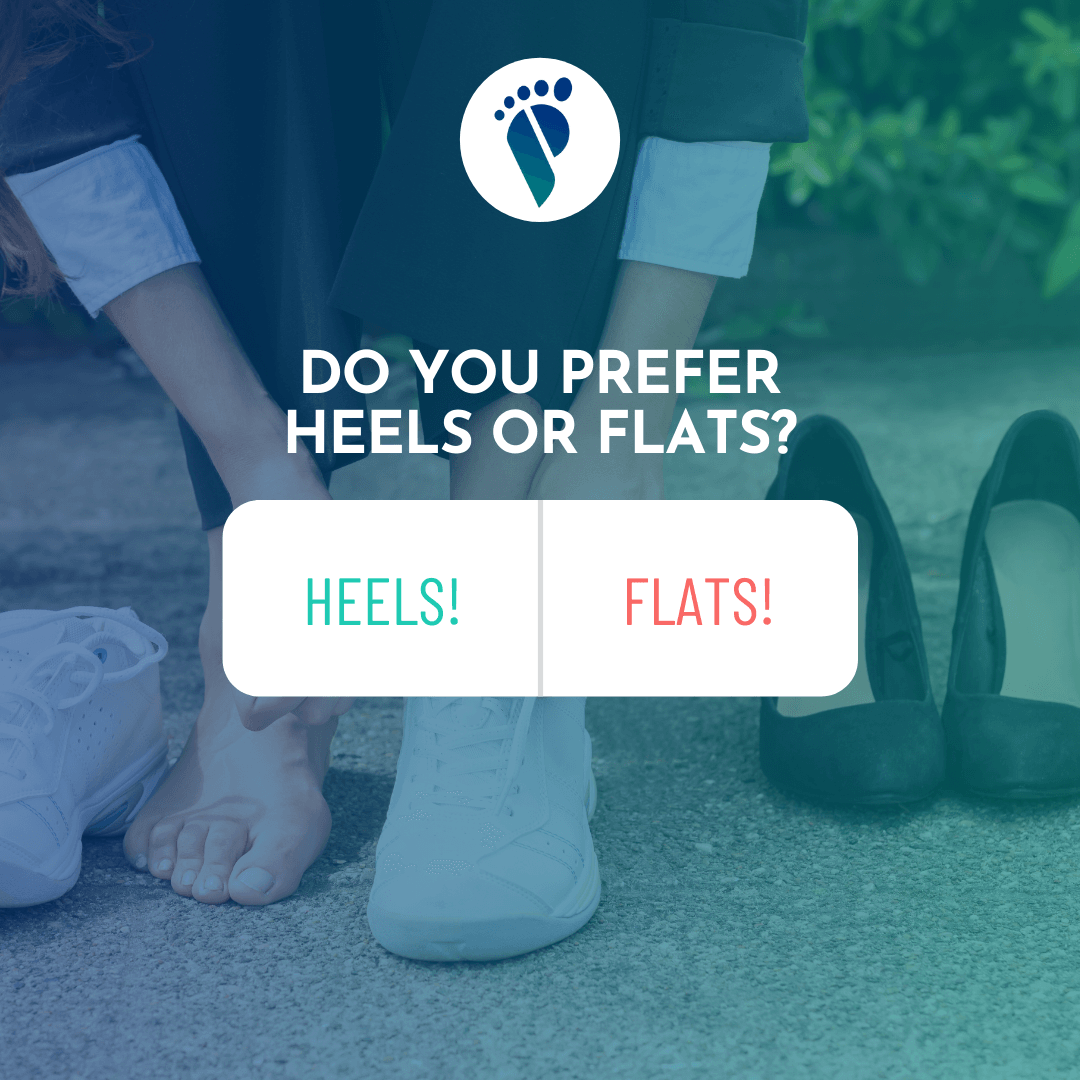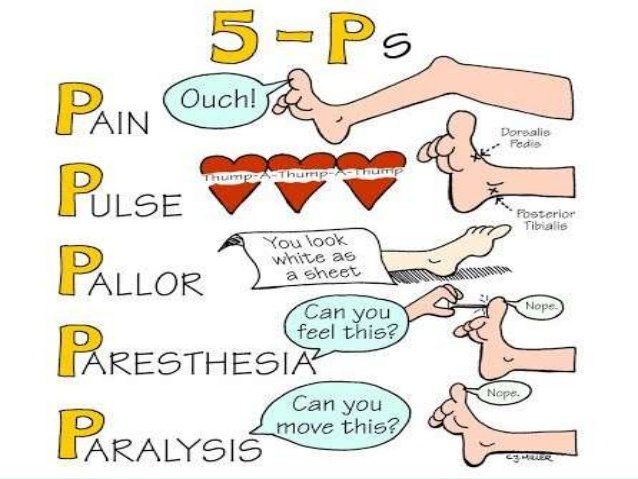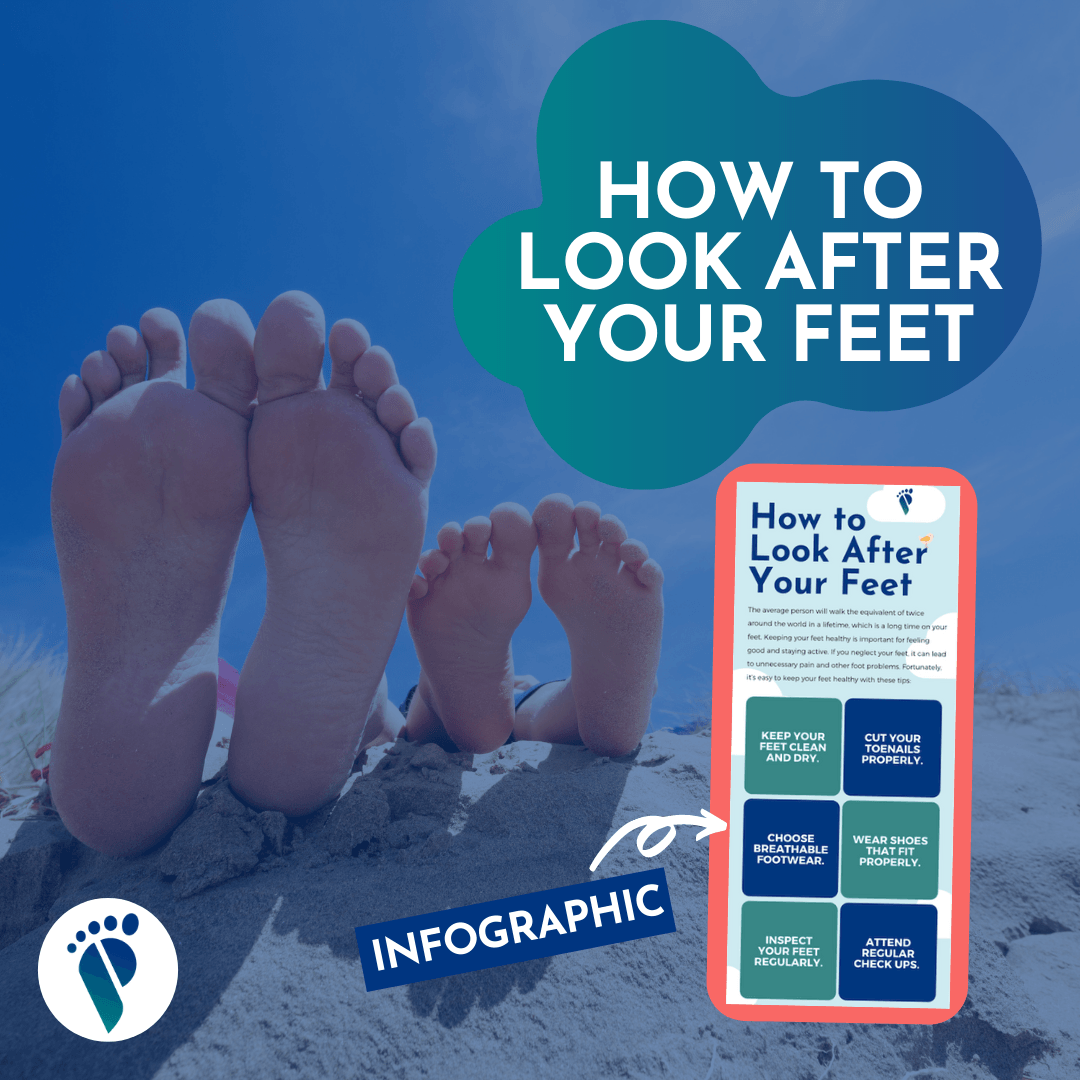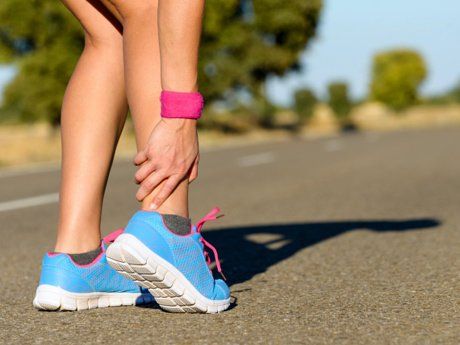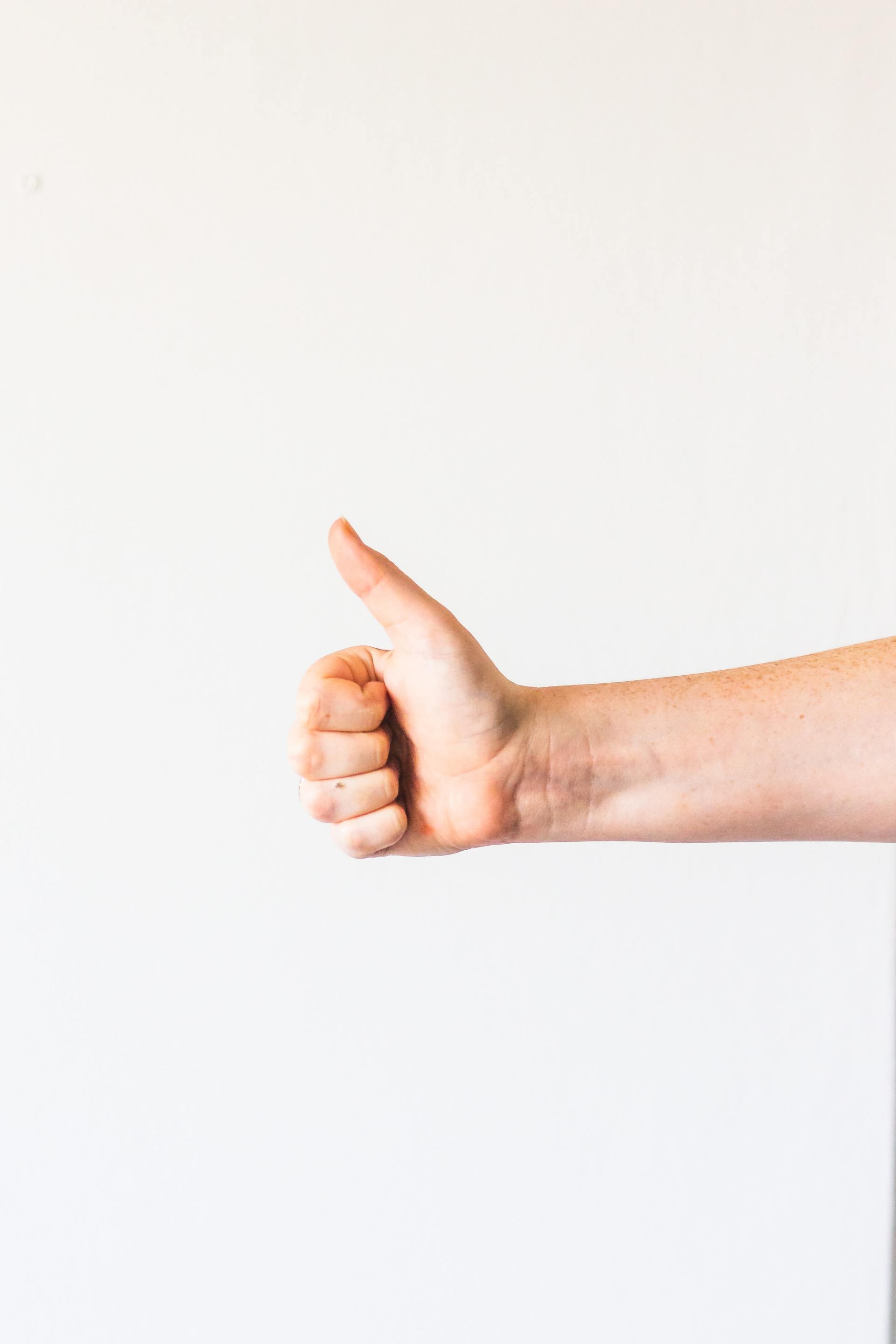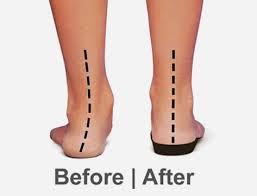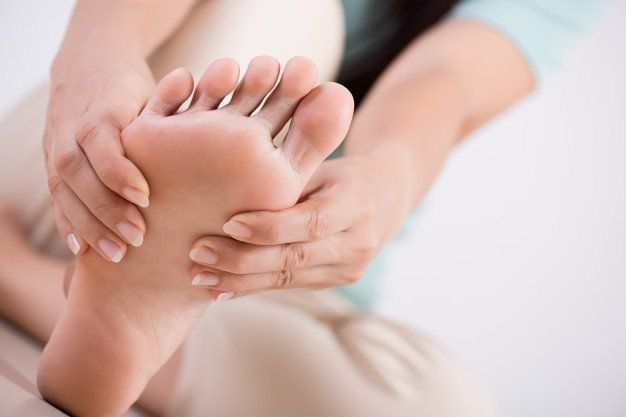Tinea pedis which you will know as athletes foot is a common fungal infection of the feet. If left, athletes foot can go on to infect the nails causing onychomycosis (fungal nails) so it is important to recognise and treat the condition early.
Diagnosis
Your Podiatrist will be able to diagnose athletes foot from its clinical presentation and start an appropriate treatment plan without the need for a skin sample. If there is doubt, or if treatment is unsuccessful it may be necessary for a skin sample to be sent for microscopy.
Other skin conditions can look similar to athletes foot such as eczema, psoriasis, plantar keratoderma and plantar pustulosis. It is important therefore to seek professional assistance from your Podiatrist so that you can receive an accurate diagnosis and start an appropriate course of treatment.
How is athletes foot treated?
Athletes foot is usually easily treated, if treated thoroughly and with the appropriate medication. When treating athletes foot it is important to treat both the feet and their environment to prevent a re-occurance of the problem. Fungal spores found within socks and shoes will re-infect the skin. Your Podiatrist will advise you of, and can supply you with, the appropriate topical antifungal creams or sprays for your infection. If topical therapies are ineffective, which can happen in severe cases, oral antifungal treatment may be required.
Prevention is always better than cure !
Athletes foot can lead to fungal nails, bacterial infection of the skin which can escalate into a more serious systemic infection (Sepsis) or ulceration. It is therefore important to take steps to prevent athletes foot and while some people are naturally more inclined to suffer from athletes foot recurrence can be minimised by following these self care tips:
Drying the feet thoroughly after washing, particularly between toes;
Using a foot powder;
Wearing natural fibre socks/hosiery such as cotton or bamboo;
Avoiding wearing occlusive footwear;
Alternating footwear to allow them time to dry out;
Treating shoes with an antifungal spray/powder;
